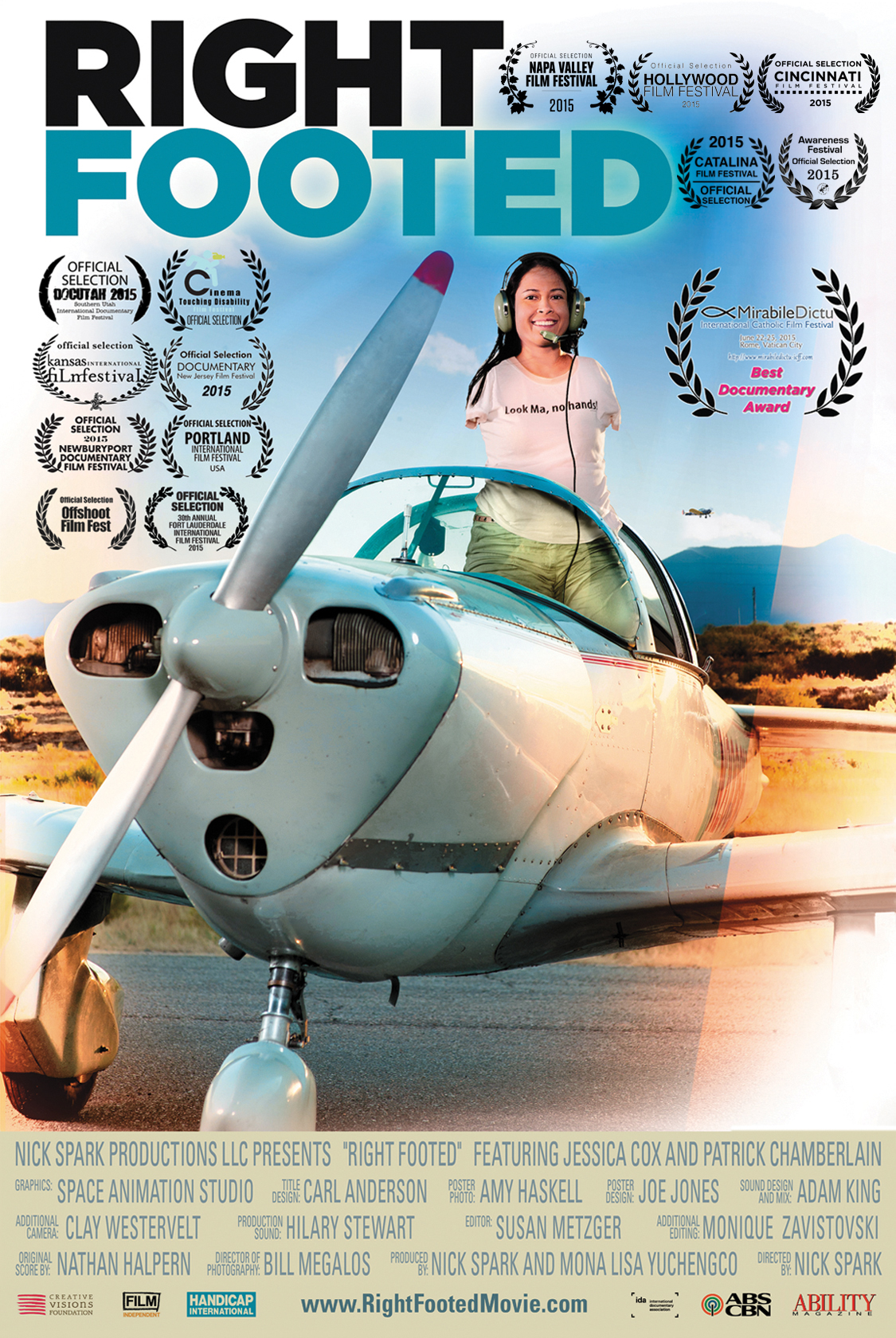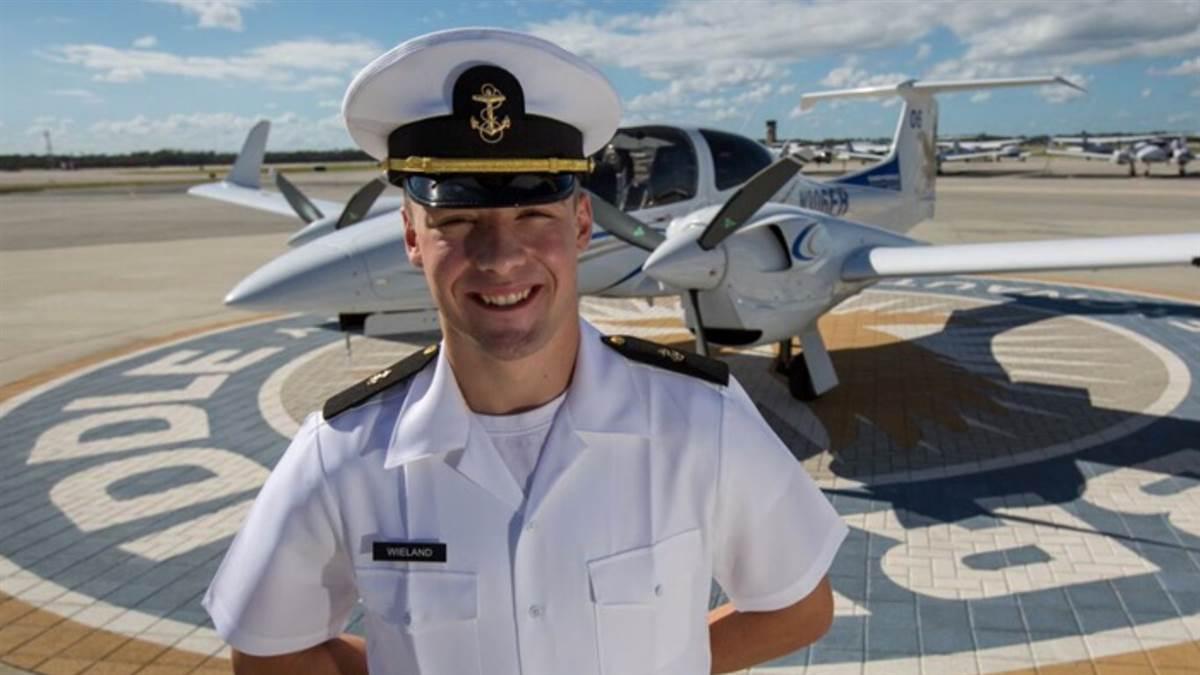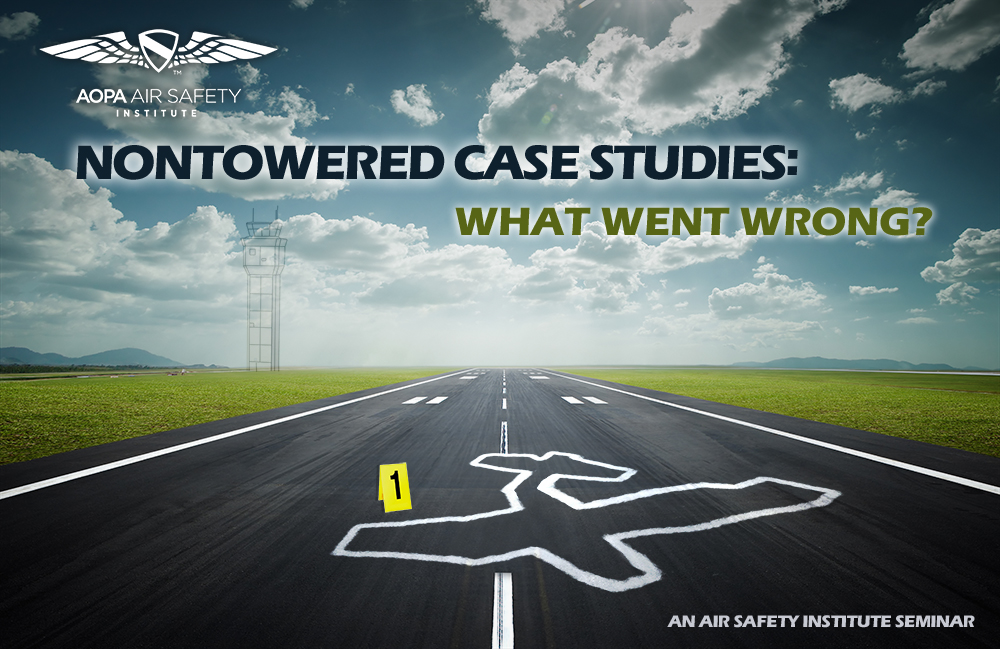Training News and Notes

WHAT: 1954 Cessna 180
WHERE: Lake Louise Airport (Z55), Glennallen, Alaska
PHOTOGRAPHER: Mike Fizer
Download this photo » www.aopa.org/flighttraining/download
AOPA Fly-Ins
2017 dates, locations announced
Fourth year kicks off in California
The 2017 AOPA Fly-In schedule is set. Is one of these must-attend events near you?
“One of our primary goals of moving to the regional fly-ins was to make meeting with fellow AOPA pilots and AOPA leadership easier, with access close to home, and within an easy day’s flying range,” said Chris Eads, AOPA director of outreach and events. “Over a three- to five-year period, we want to be as close to every part of the nation as we can so that everyone can say, ‘Yep, AOPA came to my backyard, too.’”
“Sites are selected through a combination of equally important factors—where does it sit in the nation in relation to our goal of moving around the country? How engaged, enthusiastic, and focused is the aviation community and leadership? And how strong is the physical infrastructure and capacity of the airport to handle such a large event?” Eads said. “Other factors weigh in—terrain, weather, airspace, available dates, conflicts with other aviation events in the region. But the three most important are location, community engagement, and capacity.”
Fly-Ins will expand to two-day events, with workshops and clinics planned for Fridays. See the website for continuing updates as schedules are finalized.
The 2017 events are in these locations:
Camarillo, California, Camarillo Airport (CMA), April 28 and 29
Norman, Oklahoma, Max Westheimer Airport (OUN), September 8 and 9
Groton, Connecticut, Groton-New London Airport (GON), October 6 and 7
Tampa, Florida, Peter O. Knight Airport (TPF), October 27 and 28
Web: www.aopa.org/fly-ins
NEWS
Aviation business takes off
College students introduce PistonFly
By David Tulis
 A business born in a Western Michigan University College of Aviation dorm room is taking off. A group of college-age flying enthusiasts merged their individual talents into a cohesive unit and founded PistonFly, which has three divisions: aerial filming, aircraft marketing, and web design.
A business born in a Western Michigan University College of Aviation dorm room is taking off. A group of college-age flying enthusiasts merged their individual talents into a cohesive unit and founded PistonFly, which has three divisions: aerial filming, aircraft marketing, and web design.
Aviation maintenance student Miguel del Rosario, 23, and business partner Erick Cumberbatch, 24, put their heads together in 2014 to establish PistonFly, and certificated flight instructor Chris Desmond, 19, joined the team a year later.
In addition to buying and selling aircraft and designing logos and web pages, the three partners are moving their business forward by taking on drone photography assignments in an emerging market.
Michigan-based PistonFly had been in operation for a couple of years buying and selling aircraft, and was struggling to find its way when Desmond arrived at the aviation college and befriended the two principals. The three entrepreneurs recognized the emerging drone arena was a niche they could fill because “Erick and I both have film and editing backgrounds,” so the trio decided that drone photography “would be a good market to work into.”
In addition to his flight instructor credentials, Desmond holds a commercial drone operator certificate. With del Rosario’s mechanical skills and Cumberbatch’s business sense, the partners believe their strengths are positioned favorably to harness their aspirations and twenty-first century technology.
Web: www.pistonfly.com
‘Right Footed’ on DVD
Jessica Cox subject of documentary
 Jessica Cox has earned a black belt in taekwondo, a pilot certificate, and a host of admirers for achieving these things and more. Cox, who was born without arms, has long encouraged others to overcome their own challenges and is the subject of an award-winning documentary, Right Footed, now available on DVD.
Jessica Cox has earned a black belt in taekwondo, a pilot certificate, and a host of admirers for achieving these things and more. Cox, who was born without arms, has long encouraged others to overcome their own challenges and is the subject of an award-winning documentary, Right Footed, now available on DVD.
Filmed in Africa, the Philippines, and locations in the United States, the movie documents Cox’s personal journey, including her aviation journey from flight training and first solo to her certification. Her current mission of campaigning for the rights of people with disabilities around the world through advocacy and work with nongovernmental organizations is also featured. Producer and director Nick Spark captured the story of how Cox transformed “from victim to conqueror, showing how determination can overcome most anything.”
Cox addressed the International Women in Aviation Conference in March 2016, explaining how she has had to prove herself to skeptics many times, long after confronting and overcoming her own fears. Those skeptics made Cox take a driver’s test twice before being convinced she was safe behind the wheel. She also had to try several flight instructors before finding the right fit—and the right aircraft, an Ercoupe, in which the toughest challenge she faced was fastening the four-point safety harness. Cox told conference attendees not to let fear rule their decisions, calling fear nothing more than “false evidence appearing real.”
Right Footed is available online in DVD form, and the documentary also can be streamed from several online platforms.
ASI NEWS
ERAU student in it to win it
Participating in ASI’s ‘Learn and Earn Safety Challenge’ pays off
Embry-Riddle Aeronautical University student Jackson Wieland has been interested in flying as long as he can remember. He became involved in aviation while living near the U.S. Air Force Academy, which his father attended in the 1990s. His dad would point out the different aircraft flying over their house and explain how they worked and what they did. “I started my flight training when I was 16, aiming at getting my license on my seventeenth birthday,” says Wieland, who did his ground training with Colorado Springs-based Aviation Education Foundation of Colorado Inc.(AEFCO). He speaks highly of the AEFCO program, which creates opportunities for high school students in the area. “They give free ground school to classes
of 25 students a year, pay for flight training of the higher-performing students, and mentor them on the different tracks they can take with a flying career,” says Wieland. What got him to participate in the AOPA Air Safety Institute Learn and Earn Safety Challenge? Wieland and his classmates—who were completing ASI courses as part of their study requirements—started doing more courses on their own time when they realized that prizes could be won.

After graduation he has plans to go to Pensacola, Florida, and become a naval aviator with the goal of flying off aircraft carriers. Wieland won a Garmin GDL 39 ADS-B receiver for iPad. Learn more about the challenge online.
Learn from others’ mishaps to become a better pilot
New ASI seminar offered
 Flying at nontowered fields is a balancing act. Especially on busy days, it requires concentration, communication, sharp eyes, solid stick-and-rudder skills, and the ability to improvise at a moment’s notice. Sometimes the error margin is slim, as you’ll discover when you join expert seminar presenters and other pilots to play the role of accident investigator in Nontowered Case Studies—What Went Wrong? You’ll start at the crash scene and work backwards through physical evidence, eyewitness testimony, and other leads to figure out what went wrong, and why.
Flying at nontowered fields is a balancing act. Especially on busy days, it requires concentration, communication, sharp eyes, solid stick-and-rudder skills, and the ability to improvise at a moment’s notice. Sometimes the error margin is slim, as you’ll discover when you join expert seminar presenters and other pilots to play the role of accident investigator in Nontowered Case Studies—What Went Wrong? You’ll start at the crash scene and work backwards through physical evidence, eyewitness testimony, and other leads to figure out what went wrong, and why.
Visit the website for upcoming dates and locations near you. Icons identify if it’s a fly-in or unique aviation location.
This seminar is brought to you by AOPA Insurance Services.


